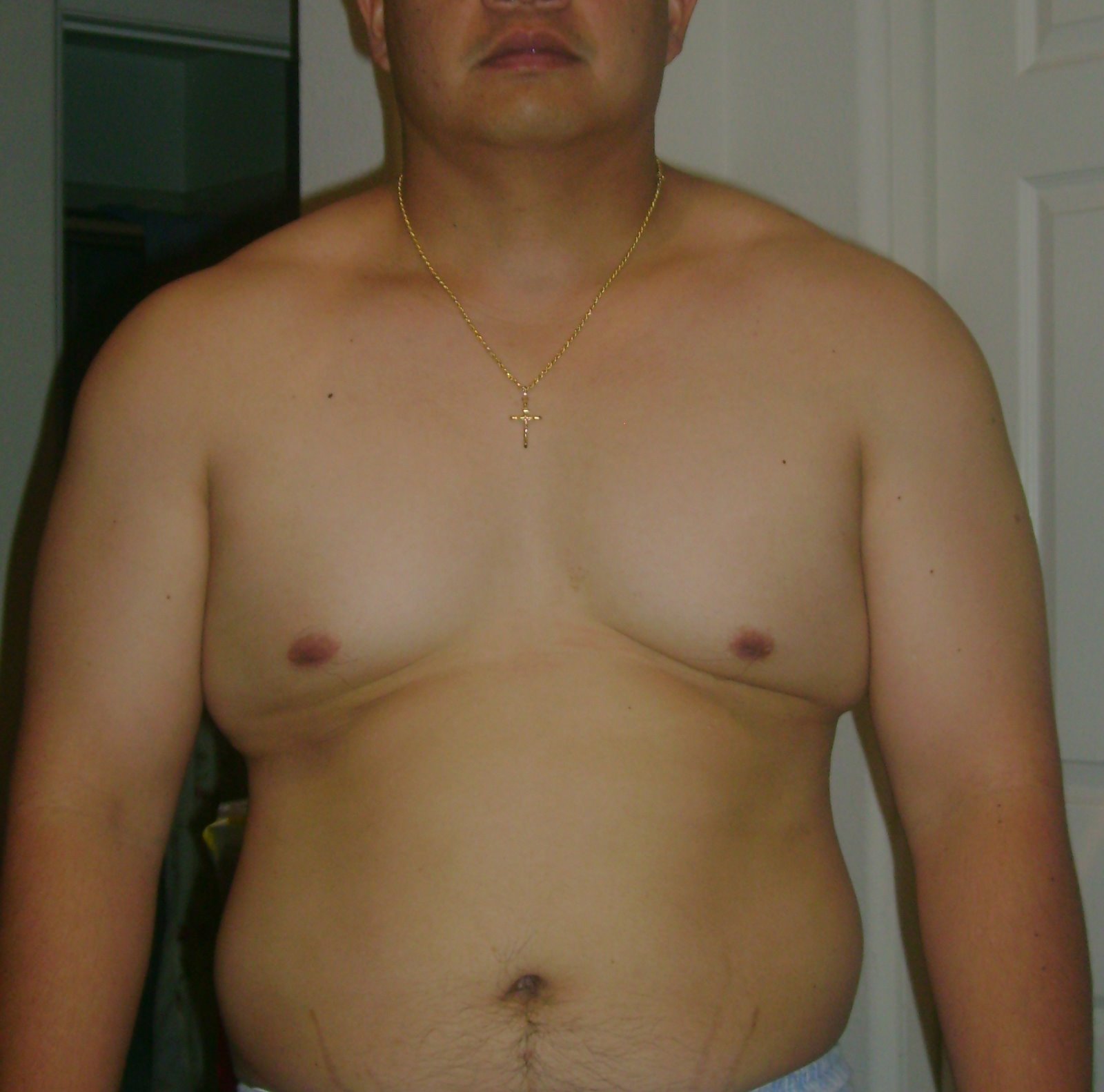Thursday, May 21, 2009
VO 2 Max, EPOC and Metabolic Training for Endurance
What is VO2 max??????
"VO2 max has been defined as:
"the highest rate of oxygen consumption attainable during maximal or exhaustive exercise".
As exercise intensity increases so does oxygen consumption. However, a point is reached where exercise intensity can continue to increase without the associated rise in oxygen consumption.
The point at which oxygen consumption plateaus defines the VO2 max or an individual's maximal aerobic capacity. It is generally considered the best indicator of cardiorespiratory endurance and aerobic fitness. However, as we’ll discuss in a moment, it is more useful as an indicator of a person's aerobic potential or upper limit than as a predictor of success in endurance events.
Aerobic power, aerobic capacity and maximal oxygen uptake are all terms used interchangeably with VO2 max.
VO2 max is usually expressed relative to bodyweight because oxygen and energy needs differ relative to size. It can also be expressed relative to body surface area and this may be a more accurate when comparing children and oxygen uptake between sexes."
Now what is EPOC?
http://www.drlenkravitz.com/Articles/epoc.html
Resistance Training and EPOC
Jeff M. Reynolds and Len Kravitz, Ph.D.
Introduction
After cardiovascular exercise or weight training, the body continues to need oxygen at a higher rate than before the exercise began. This sustained oxygen consumption is known as excess postexercise oxygen consumption (EPOC). Originally referred to as an oxygen debt, this postexercise state was first hypothesized by A.V. Hill and H. Lupton in 1922. Hill and Lupton theorized that the body needs to replace the oxygen used by working muscles during mild to intense bouts of exercise. More recently, researchers have used the term EPOC to describe the several different events that occur as the body restores itself to homeostasis, or rest.
This article will describe the physiological factors that contribute to EPOC, discuss its relation to weight management and review a recent article on EPOC and resistance training.
EPOC Overview
Body:During EPOC the body is restoring itself to its pre-exercise state, and thus is consuming oxygen at an elevated rate. This means that energy is also being expended at an elevated rate. The following occurs during EPOC:
1) Replenishment of Energy Resources: Replenishment occurs for the immediate source of energy, known as the phosphagen system, which is comprised of creatine phosphate and ATP (adenosine triphosphate). In addition, lactate, a molecule that is produced during more intense exercise, is being converted to pyruvate for fuel utilization. The body is also restoring the muscle glycogen (a stored form of glucose) that has been used during the exercise bout.
2) Re-oxygenation of Blood and Restoration of Circulatory Hormones: During exercise metabolism, large amounts of oxygen are used to break down food substrates for energy. Therefore, the body continues to expend energy after exercise to re-oxygenate the blood. In addition, in the postexercise period, the body restores the levels of circulatory hormones, which increased during exercise, to normal.
3) Decrease in Body Temperature: As energy is liberated from the exercising muscle tissues of the body, heat is produced. Thus, during EPOC, the body must expend energy to return to the normal core body temperature.
4) Return to Normal Ventilation and Heart Rate: Energy expenditure is greatly elevated as the body rapidly returns to a normal breathing rate. Heart rate is also returning to a pre-exercise rate.
EPOC and Weight Management
Because the body continues to expend energy after exercise, EPOC plays a supplemental role to an exercise program in weight management. Currently, researchers are interested in the effect different forms of exercise have on EPOC.
The evidence suggests that a high-intensity, intermittent-type of training (interval training) has a more pronounced effect on EPOC (Haltom et al. 1999). Also, it appears that resistance training produces greater EPOC responses than aerobic exercise (Burleson et al. 1998). The research suggests that high-intensity resistance exercise disturbs the body’s homeostasis to a greater degree than aerobic exercise. The result is a larger energy requirement after exercise to restore the body’s systems to normal (Burleson et al. 1998), and thus an explanation for the higher EPOC. The underlying mechanisms that cause the higher EPOC observed in resistance exercise include elevated blood lactate, and an increase in circulating catecholamines (epinephrine and norepinephrine) and anabolic hormones.
Inspecting the data from several investigations, it appears that EPOC accounts for postexercise expenditure of 51 (Haltom et al. 1999) to 127 (Burleson et al. 1998) kilocalories. Since a pound of fat is equal to 3,500 kilocalories, the effect of EPOC on weight control must be regarded in terms of a cumulative effect over time.
Recent Investigation
Current research of resistance weight training and EPOC has noted a relationship between exercise intensity and elevated metabolic rate. As weight lifting intensity increases, the EPOC duration also increases. Most research up to now has been on EPOC and resistance training in males. This recent study attempts to clarify the effects of EPOC on resting metabolic rate (RMR) on healthy, weight-trained females.
Osterberg, K. L. & Melby, C. L., 2000. Effect of acute resistance exercise on postexercise oxygen consumption and resting metabolic rate in young women. International Journal of Sport Nutrition and Exercise Metabolism, 10 (1), 71-81.
Seven females, with an average age of 27 years, height of 66 inches, weight of 141.5 pounds and body fat of 18.3 percent, participated in this research study. Subjects were required to maintain body-weight stability, which the authors defined as no gain or loss of weight greater than 2 kilograms (4.4 pounds) in the last six months. All subjects’ meals were standardized prior to and during the exercise intervention.
The exercise program consisted of five sets of 10 different exercises. The exercises were performed in agonist/antagonist pairs (push/pull sequence), with 10 to 15 repetitions per set. Opposing muscle groups were paired together to avoid premature failure due to muscular fatigue, and the last two sets of each exercise were performed to failure. The exercise groupings consisted of bench press and bent-over row; leg extension and leg curl; military press and sit-ups; biceps curl and triceps extension; and lunges and lateral raises. The subjects were given a four-minute time period to perform the exercise pairs and could rest for the remainder of the time if they finished before the four minutes expired.
EPOC remained elevated throughout the three-hour postexercise measurement phase and was measured every 30 minutes. It was 13 percent higher than pre-exercise baseline oxygen consumption (VO2) in the final measurement stage. The subjects’ average RMR was 4.2 percent higher 16 hours following exercise, when compared to the pre-workout RMR. The authors concluded that intense resistance training produces modest, but prolonged elevation of postexercise metabolic rate in women.
Practical Application:
Intermittent, high-intensity weight training appears to have the greatest effect on EPOC (Melby et al. 1993; Laforgia et al 1997) and individuals who perform high volume (2- Color 5 sets of 10 to 15 reps at 60- 70% of 1-RM) resistance exercise will see minimal weight management benefits from EPOC (Burleson et al. 1997; Osterberg However, it should be emphasized that the overall weight-control benefits of EPOC, for men and women, from participation in resistance exercise occur over a significant time period, since kilocalories are expended at a low rate in the individual postexercise sessions.
Subscribe to:
Post Comments (Atom)







.jpg)
.jpg)



No comments:
Post a Comment